 If you’ve recently found chewed up wires, unexplained animal droppings, or tiny tracks scattered throughout your home or business, there’s a high likelihood that you have a rodent problem. The last thing that any person wants to hear is that their home or business has been infested with rodents — especially rats. Rats are pesky little creatures that are capable of not only damaging your property, but also causing you significant levels of stress as you try to balance everyday activities with an infestation that multiplies every single day.
If you’ve recently found chewed up wires, unexplained animal droppings, or tiny tracks scattered throughout your home or business, there’s a high likelihood that you have a rodent problem. The last thing that any person wants to hear is that their home or business has been infested with rodents — especially rats. Rats are pesky little creatures that are capable of not only damaging your property, but also causing you significant levels of stress as you try to balance everyday activities with an infestation that multiplies every single day.
What to Do After Learning You Have Rats
After discovering a rat infestation in their home or business, the first reaction most people have is panic. Panicking might lead you to buy DIY supplies to try and send the unwanted visitors packing on your own. The problem with this is that rodent proofing equipment can be expensive, and the process of getting rid of the rodents can be long, frustrating, and dangerous without professional help. Instead of taking on the problem by yourself, call a licensed wildlife professional that can help you save time, money, and your property.
What Happens After You Call a Rat Exterminator
Rat exterminators are trained professionals who are no strangers to dealing with rat infestations — but that doesn’t mean they’re the best option in your area. When searching for a professional wildlife solution, turn to a professional wildlife management team. Due to their experience with both rat removal and prevention, wildlife managers can humanely remove and relocate pesky, unwanted visitors from your home or business in no time. Likewise, licensed wildlife management providers will be able to diagnose the severity of the infestation, apply appropriate solutions in response, and prevent another one from happening in the future.
How an Exterminator Gets Rid of Rats
Sadly, an exterminator gets rid of rats with inhumane, unnecessary alternatives like tiny traps, toxic chemicals, and even poison. The solutions a wildlife professional will use depend on the severity of the infestation, but they are always for the benefit of your building and the rats that need removing. When they arrive at your home or workplace, trained animal experts will survey the area of concern — taking note of any possible damage caused by the rats and any points of access that they could be using to enter the building. From there, licensed professionals will discuss their findings with you and develop a plan designed to both remove the rats and prevent them from re-entering with safe solutions.
Send Those Rats Packing
At Critter Control® of Dallas, we believe that maintaining a safe and healthy living space or workspace is important — not only for a person’s ability to be productive, but also their overall wellbeing. We pride ourselves in using eco-friendly and humane methods of removal when it comes to unwanted critters inside your home or workplace. If you ever find yourself having to deal with rodents like rats, know that we’re here to help out with all of your wildlife removal and rodent-prevention needs. Give us a call for a free estimate at 817-222-1101.




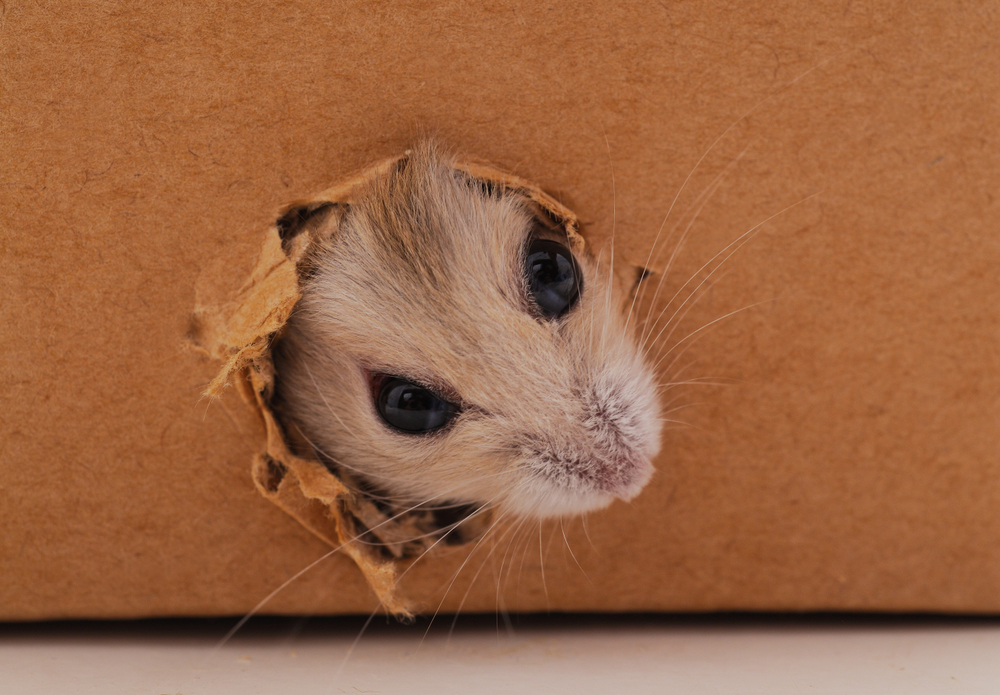
 Living in a brick home definitely has its benefits. Brick houses are great for retaining heat during winter, guarding your home against harsh storms, and resisting damage from fire. While their structure is stronger and sturdier than most others, brick houses aren’t impenetrable. In fact, if wild animals come across even one hole, gap, or crack around your property, they’ll do whatever it takes to find a way inside.
Living in a brick home definitely has its benefits. Brick houses are great for retaining heat during winter, guarding your home against harsh storms, and resisting damage from fire. While their structure is stronger and sturdier than most others, brick houses aren’t impenetrable. In fact, if wild animals come across even one hole, gap, or crack around your property, they’ll do whatever it takes to find a way inside. 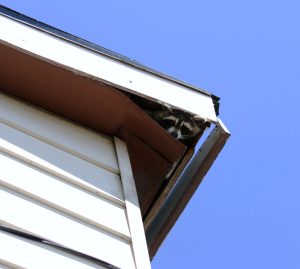 No matter how determined you are to keep up with your New Year’s resolutions, it’s nearly impossible to when you start the year with a wildlife issue. To successfully tackle the rest of your 2020 plans, clear any distractions that could affect your health, drain your funds, or get in the way of your goals. When you’re ready to take control of your
No matter how determined you are to keep up with your New Year’s resolutions, it’s nearly impossible to when you start the year with a wildlife issue. To successfully tackle the rest of your 2020 plans, clear any distractions that could affect your health, drain your funds, or get in the way of your goals. When you’re ready to take control of your 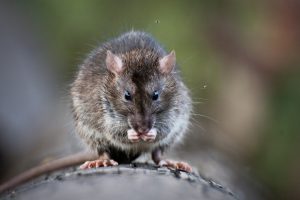 Thanks to its hilly landscape and diverse terrain, Dallas is the ideal home for beautiful and exotic animals. Unfortunately, there are also
Thanks to its hilly landscape and diverse terrain, Dallas is the ideal home for beautiful and exotic animals. Unfortunately, there are also 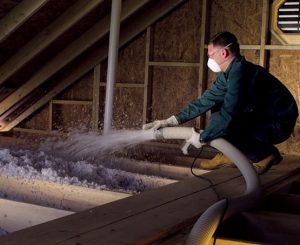 If there’s one place that
If there’s one place that 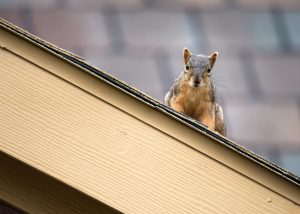
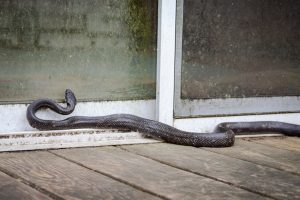 When you want to keep strangers from wading around your yard, you install signals that make intruders feel unwelcome. However, no matter how many “No Trespassing” signs you decorate your yard with, there are some visitors that just don’t get the message, including nearby snakes. So, if you want to protect your property from passerby snakes, take a look at the strategies that will send them slithering.
When you want to keep strangers from wading around your yard, you install signals that make intruders feel unwelcome. However, no matter how many “No Trespassing” signs you decorate your yard with, there are some visitors that just don’t get the message, including nearby snakes. So, if you want to protect your property from passerby snakes, take a look at the strategies that will send them slithering. From helping spread disease to chewing up belongings,
From helping spread disease to chewing up belongings,  If you’re experiencing a
If you’re experiencing a 